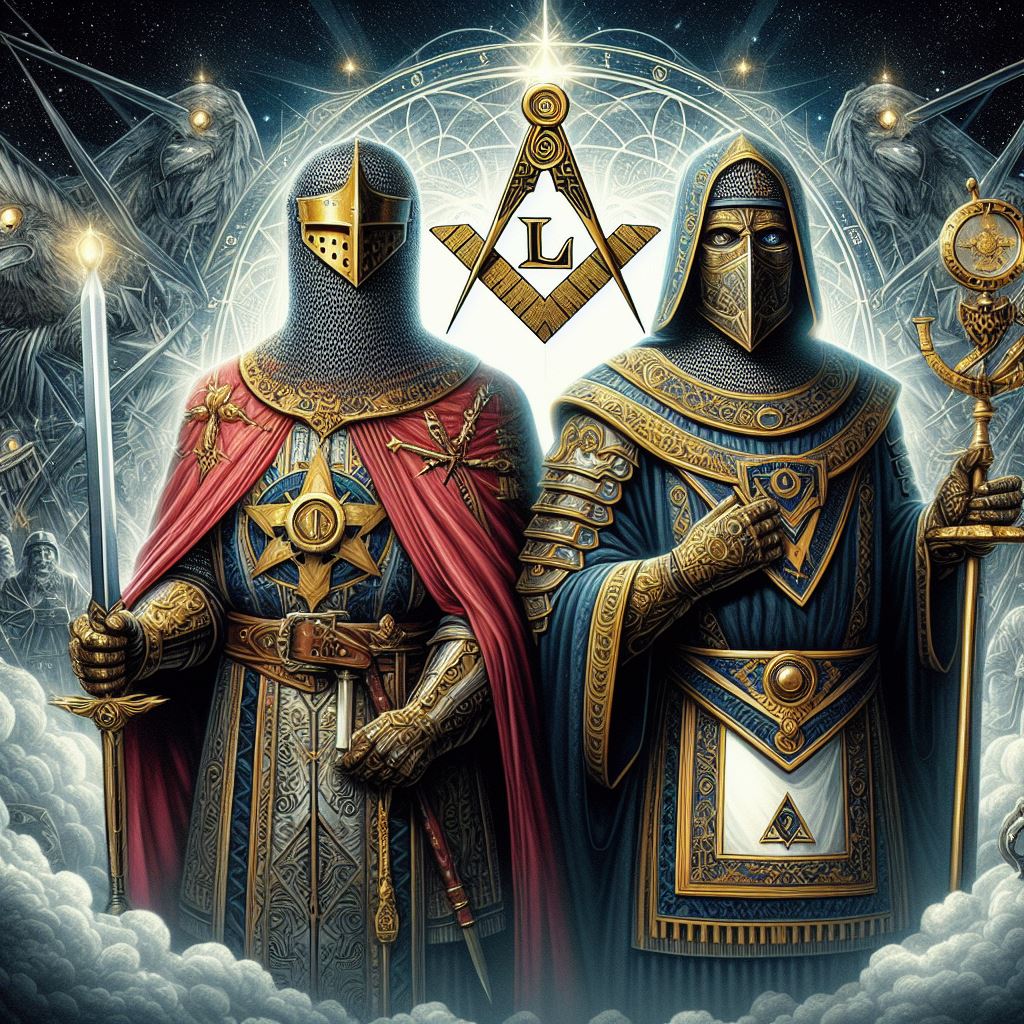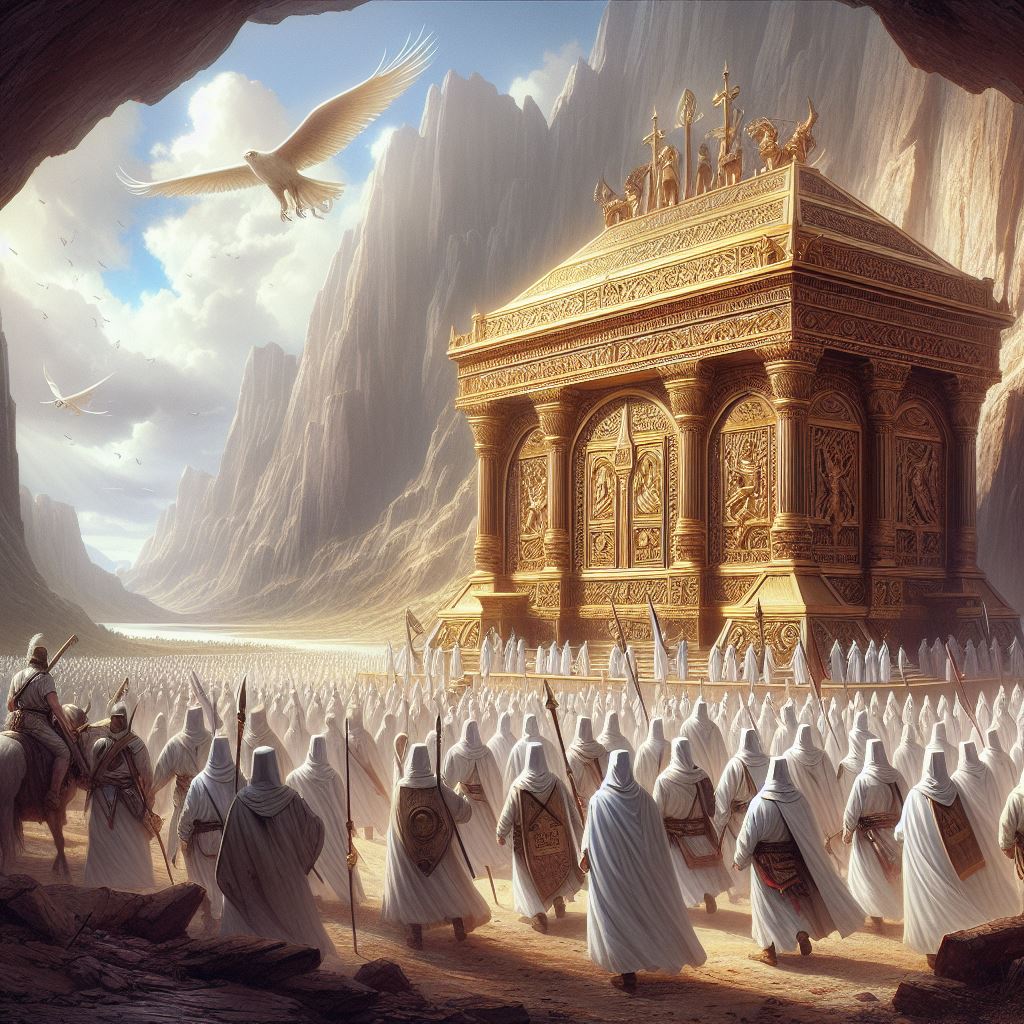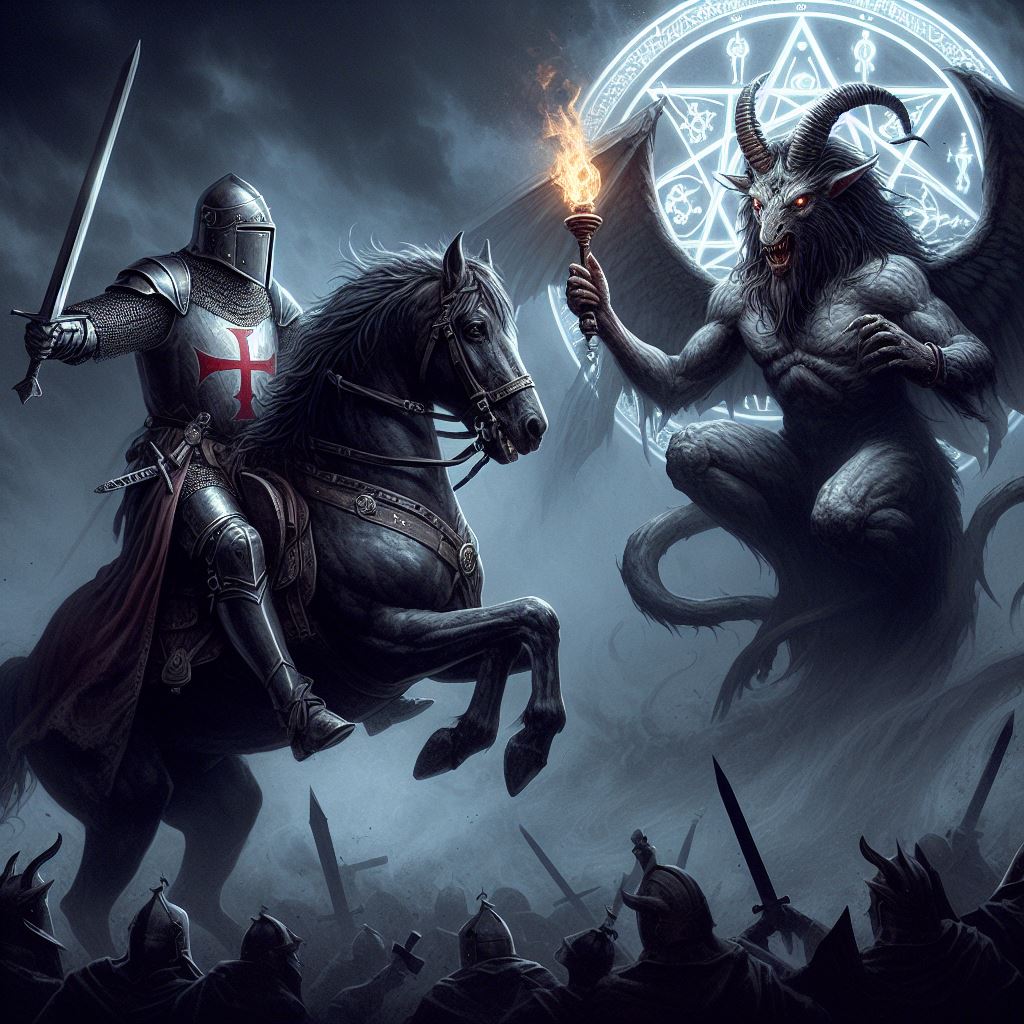You might not immediately associate the Roma people or Gypsies with the Knights Templar – but some believe there was a connection. There’s even one theory that the Templars became what we now called gypsies. I’ll explain that idea further below!
Before we get going, I must admit to a fascination with the mysterious origins of the Romani in Europe and groups like the Ashkali and Sinti. The idea that they crossed paths with the Knights Templar is just too fascinating to ignore.
The Sinclair – Knights Templar – gypsies – theory
Regulars to this blog will know that many believe the Knights Templar fled Europe after arrests warrants were issued by the King of France in 1307 – making their way to Scotland. The persecuted knights were given shelter there by the Scottish/Viking aristocratic family, the Sinclairs. In his book on Rosslyn chapel, Andrew Sinclair not only posits a connection between his noble ancestors and the Templars (see my previous blog posts on the Sinclair/Templar escape to America theory) but also a possible link to medieval Gypsies.
So how did that come about? Well, when you’re on crusade, you need decent weapons. According to Sinclair it was the Templar search for the best metalworkers and ironsmiths to make swords and shields that led them to indigenous workers in the Holy Land. ‘Egyptians’ as they were termed. These talented people presumably followed the Templars as they were pushed out of the Middle East to Cyprus and then back to mainland Europe.
When the Knights Templar fled France for Scotland – to get away from the Pope and the French monarch who had called for their arrests and torture – they took these ‘Egyptians’ with them. Sinclair says they were referred to by their new Scottish neighbours as ‘gypsies’.
In the 16th century, Sinclair maintains these gypsies adopted the name of their protectors, the Sinclairs. The Gaelic form of Sinclair – he asserts – is something like ‘tinkler’ which then evolved into ‘tinker’. That’s another name for travelling people used very much in Ireland (though tinkers are not synonymous with gypsies I hasten to add).
I should mention that there is a group of people in central Europe today who call themselves, ‘Balkan Egyptians’ and have organisational ties to the Roma communities. So the Egyptian/gypsy link is something acknowledged in the gypsy world. Though the origin of the gypsies is widely assumed to be in northern India.
Is there any evidence to support a Sinclair/Templar/gypsy link? Well, it is recorded that the gypsies were allowed to camp outside the Sinclair castle and put on plays every year. There was also an incident where a Sinclair intervened to stop a gypsy being hanged for some or other crime. But Andrew Sinclair is going much further than this.
He is suggesting that the Knights Templar and the iron working gypsies were a formidable military force in medieval Scotland. And this resurrects an old theory that the Templars, with their ‘Egyptian’ friends, helped Robert the Bruce win the Battle of Bannockburn against the English (a theory hated by Scottish nationalists and sceptics).
The Knights Templar and gypsies – one and the same?
What if the so-called gypsies that used to camp outside the Sinclair castle at Rosslyn weren’t gypsies at all? Or rather they had become what we now called gypsies – but these itinerants were actually the Knights Templar. Believe me, this has been put forward as a credible hypothesis.
It does require a little lateral thinking. Imagine the Knights Templar have packed their belongings and made their way to Scotland. They’re basically outlaws on the run. They live and sleep wherever they can find shelter, staying away from anybody who poses a threat. Maybe over time they lose all that fabulous wealth they were once said to possess. And so, we have a wandering group of nomadic ex-knights – the gypsies!
OK – let’s split the two up again: Knights Templar are not gypsies. Yet – their paths seem to cross. So there must be a reason for that. Maybe it wasn’t the Templars that took the holy relics from the Temple of Solomon in Jerusalem but the gypsies? Yep, that point of view is out there. The gypsies got the holy relics and teamed up later with the Templars. In my view, this plays to a rather unpleasant stereotype of nomadic peoples being light-fingered.
DISCOVER: Investigating the Priory of Sion
The worship of a goddess – Templar link?
When investigating or speculating on a Knights Templar/gypsies link – some highlight the worship of a goddess by the Romani people. Christianised as Saint Sarah but also known as Sara La Kali. She is the patron saint of the gypsies. But who or what was she?
Well, we’re in Da Vinci Code territory now. Back in the first century AD, Sarah helped three women all called Mary scramble to shore from a capsizing boat that had sailed from Palestine. They were fleeing the aftermath of the crucifixion. Who were the three women all called Mary? According to one 16th century account, it was Mary Magdalene and two other women who witnessed the resurrection.
And so who was Sarah? In an early account, she is the Egyptian servant of the three women. Elsewhere, she is the child of Jesus and Mary Magdalene – the true Holy Grail. The use of the name Kali has an obvious link to Hinduism which some have argued ties in with the Indian origin of the gypsies. In southern France Sarah is still revered by mainstream Catholics and Roma communities but there’s always the suggestion that she’s more than just a saint.
To gypsies – Sarah is undeniably one of them. She was an Egyptian who either mixed with the disciples of Christ or was part of the sacred bloodline.
And the Templar link? Aside from the popular theory that the Templars were created to protect the bloodline of Jesus, there’s also their alleged worship of a goddess of some sort. I’ll leave that to another blog post or this one will overrun badly!
Gypsy King becomes Knight Templar
No matter how outlandish the idea of a link between the Knights Templar and the gypsies may seem to some – it just keeps cropping up in some form or other.
In 1994, there was an extraordinary ceremony in Bucharest, Romania where the ‘bulibasha’ or Gypsy King was declared a Knight Templar. Ion Cioaba, born in Transylvania, had been crowned King of the Gypsies all over the world at a dazzling coronation two years before. His solid gold crown weighed thirteen pounds apparently. And worth noting he was the president of the Union of Nomadic Metalworking Gypsies. An echo of the alleged reason why the Knights Templar and medieval gypsies had made common cause so many centuries before.











